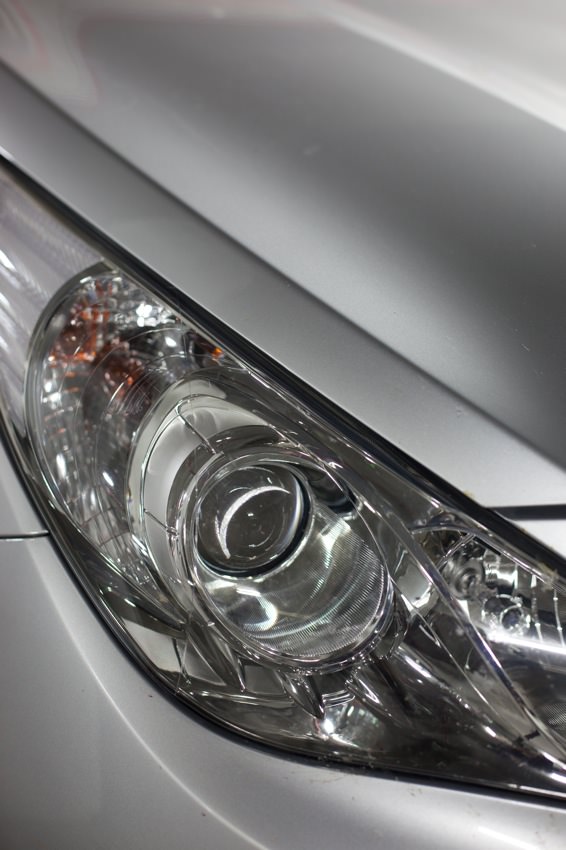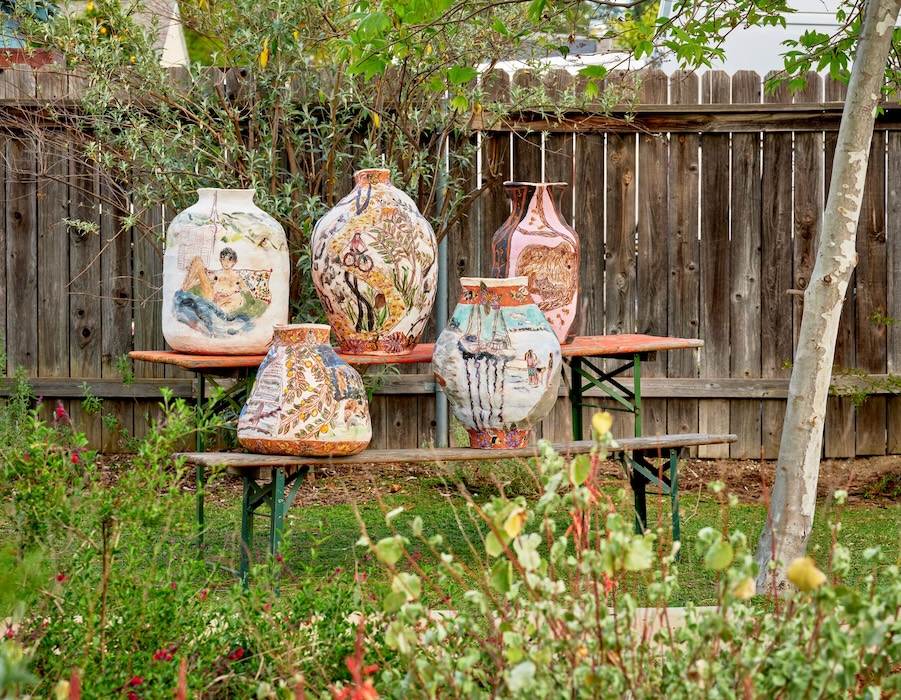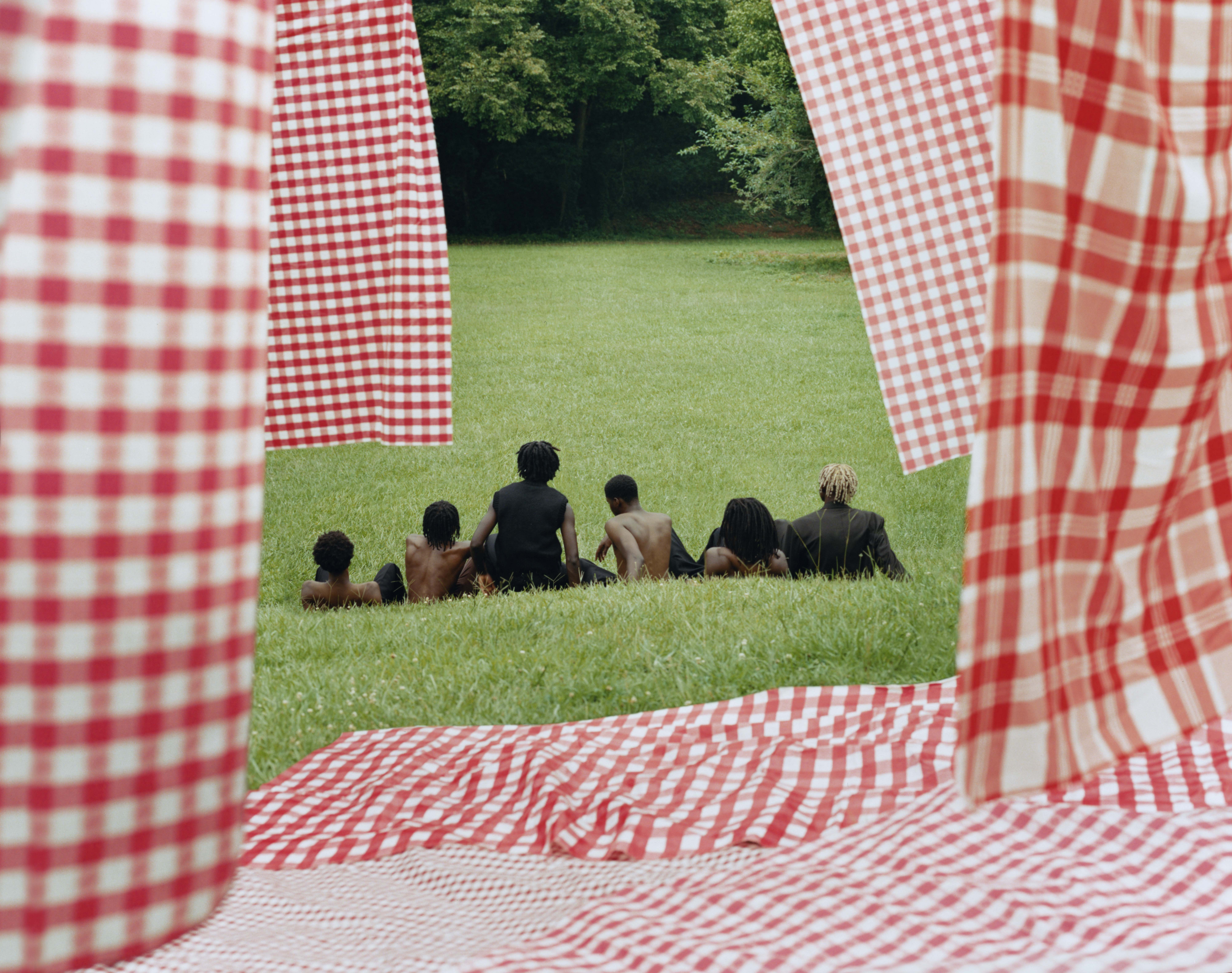The German photographer Wolfgang Tillmans rose to international acclaim in the 1990s as an artist capable of epitomizing the defiant spirit of youth culture in his snapshots as powerfully as he could abstract the unfolding moments of a solar eclipse. His latest selection from the “Neue Welt” series is currently on view at Andrea Rosen Gallery through June 22.
The photographs convey a profound portrait of global activity, from industrial carrot-peeling machines on display at the largest fruit vendors trade fair to macabre snapshots of the underbelly of sites of human consumption. A graphic image of debris clogging a gushing drainpipe in Buenos Aires, 2010, says as much about global production and waste as does a giant, desiccated crustacean carcass, picked clean by unseen forces – presumably human – its zoomed perspective underscored by the detail of a fly resting daintily on the remains.
 84 x 57 inches
84 x 57 inches
The space in which the photographs are viewed is critical to Tillmans, who explained shortly before the opening, “Handling of space has always been a central aspect of my work. For this exhibition, I wanted to make three distinct rooms and opted for one central horizon line, one hanging height, for the entire show.”
The result is a body of work that is thoroughly Tillmans in its quizzical and contemporaneous nature, but also undeniably innovative in its ability to recast pressing questions of globalization against the minutiae of sub-cultures of nearly every continent, leveling seemingly disparate subject matter like car headlights, a human ear and a view of a starry night from Mount Kilimanjaro on the same playing field.
 Inkjet print on paper mounted on aluminum in artist’s frame
Inkjet print on paper mounted on aluminum in artist’s frameAccording to Tillmans, the embrace of technological advances in digital photography and inkjet printing methods came, fortuitously, on his own terms – part of a natural curiosity and proclivity towards the exploration of the tools and processes that fuel our image-saturated landscape. In 2009, after realizing that the size of the image sensor in a DSLR (digital single-lens reflex camera) was now able to match that of a 35 mm film frame sensor, he embarked on a survey of his global surroundings, depicted through what he considers to be a new medium and pictorial vocabulary, despite the optical veracity to film maintained in such a digital lens.
Wolfgang Tillmans (German, b. 1969) studied at Bournemouth and Poole College of Art and Design in Bournemouth, England and was awarded the Turner Prize in 2000 from Tate Britain, London. He has exhibited internationally and has had six major solo retrospectives in 2012-13 at the Kunsthalle Zurich; São Paulo Museum of Modern Art; Moderna Museet, Stockholm; Museo de Arte del Banco de la República, Bogota; Kunstsammlung NRW (K21), Düsseldorf; and the Museo de Arte de Lima (MALI), Peru. Tillmans has held numerous teaching and honorary positions, including Professorship of Interdisciplinary art at Stadelschule, Frankfurt am Main, in Germany since 2003 and Artist Trustee on the Board of Tate, London in 2009. Also in 2009 Tillmans received the prestigious Kulturpreis from the German Society of Photography, Heidelberg. He lives and works in Berlin and London.











